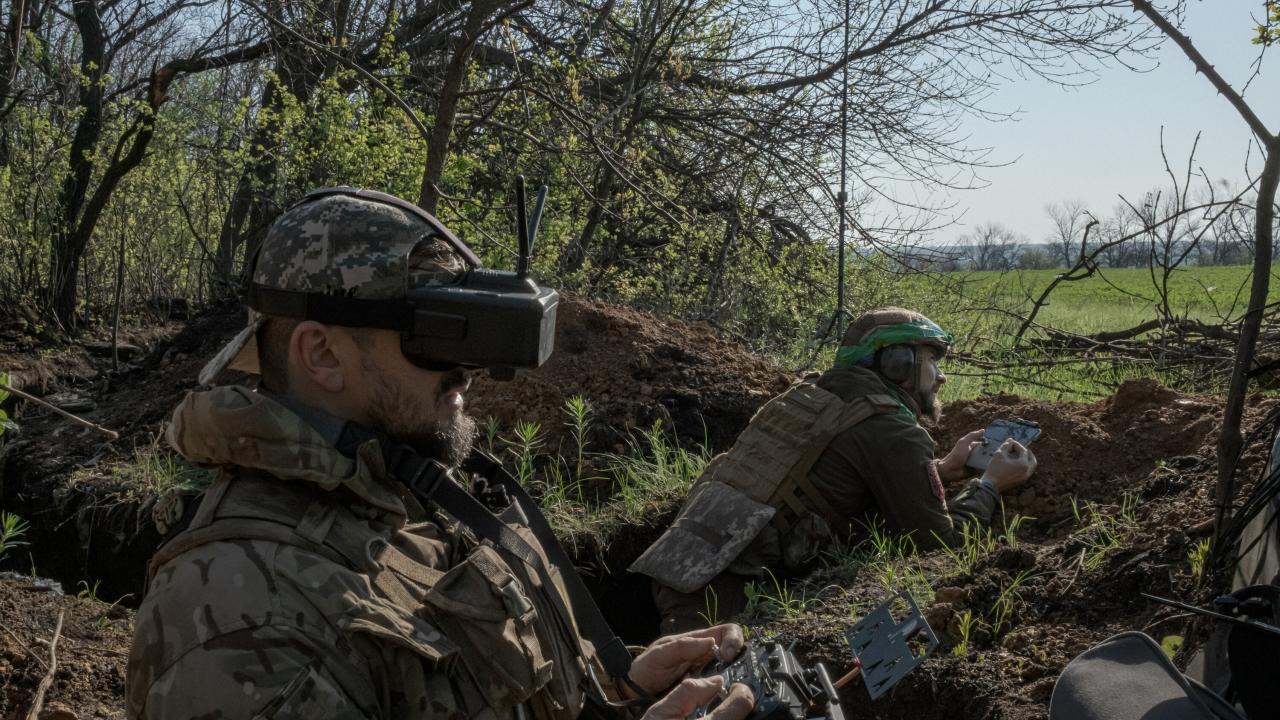Ukraine drone attack on russia – Ukraine drone attacks on Russia represent a significant escalation in the ongoing conflict, marking a shift in tactics and raising crucial questions about the future of warfare. These attacks, targeting both military and civilian infrastructure, have provoked strong reactions from Russia and the international community, prompting a complex web of geopolitical implications and sparking debates about the legality and effectiveness of such actions.
This analysis delves into the various facets of these drone strikes, examining their geographic targeting, the types of drones employed, Russia’s countermeasures, and the broader international consequences.
The frequency and intensity of these attacks have varied across different regions of Russia, reflecting a strategic approach by Ukraine to maximize impact while minimizing risk. The technological advancements displayed in the drones themselves, along with the sophistication of their navigation and targeting systems, also warrant close examination. Furthermore, the propaganda surrounding these events, and the information warfare waged by both sides, further complicates the narrative and underscores the need for a balanced and evidence-based understanding of the situation.
Ukrainian Drone Attacks on Russia
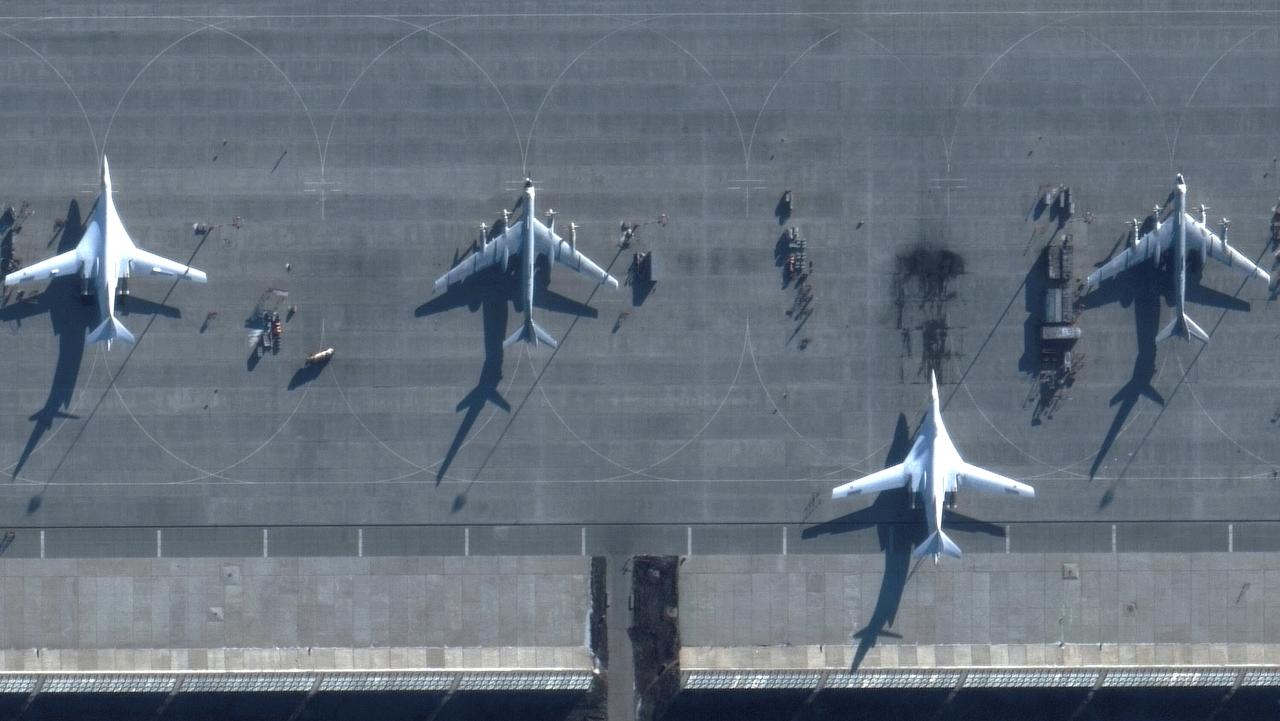
The increasing frequency of Ukrainian drone attacks on Russian territory represents a significant escalation in the ongoing conflict. These attacks, while seemingly limited in their immediate impact, carry profound strategic, technological, and geopolitical implications. This analysis delves into various aspects of these drone operations, examining their geographic targeting, the types of drones used, Russia’s responses, international reactions, and the broader consequences.
Geographic Targeting of Drone Attacks
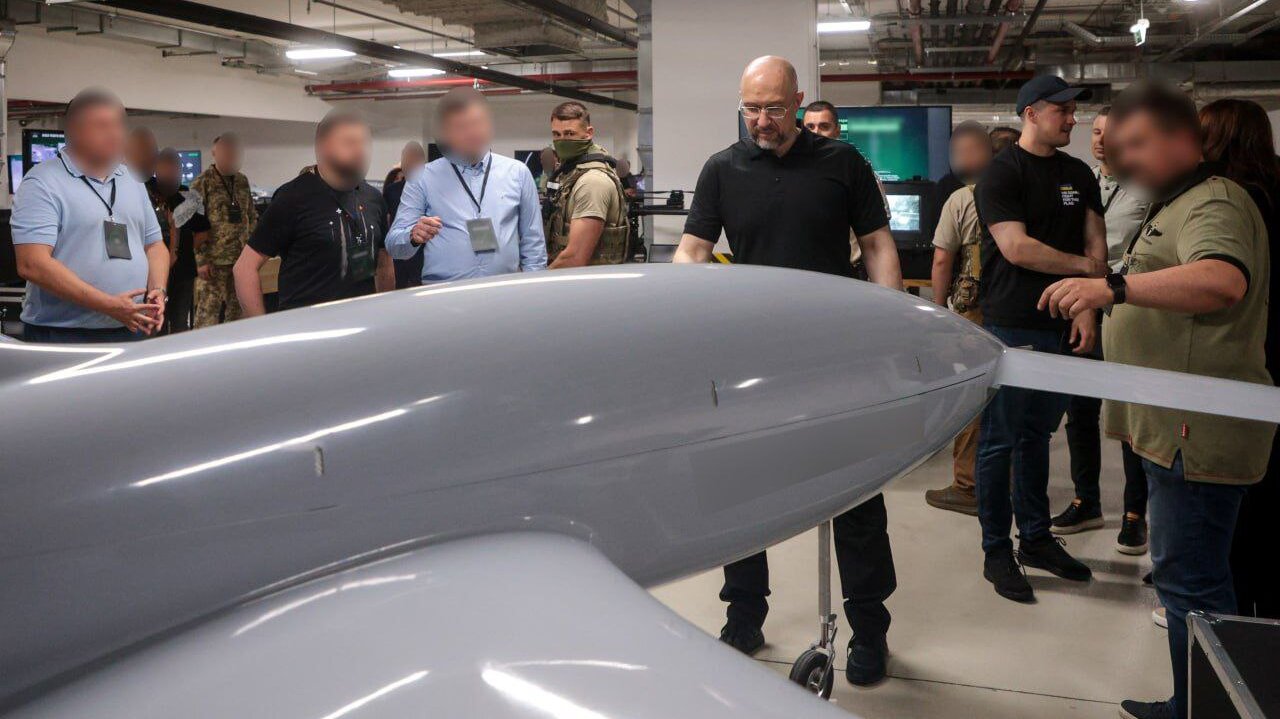
Ukrainian drone strikes have targeted various regions within Russia, primarily focusing on strategically important locations. The frequency of attacks varies considerably across regions, with some experiencing more frequent incursions than others. This targeting strategy likely reflects an attempt to inflict maximum disruption while minimizing risk to Ukrainian assets. The strategic significance of each target area is directly related to its economic, military, or symbolic importance to Russia.
| Region | Date | Target Type | Outcome |
|---|---|---|---|
| Belgorod Oblast | July 2023 | Military Base | Minor damage reported |
| Moscow | May 2023 | Residential Building | Minimal damage, no casualties |
| Pskov Oblast | August 2023 | Airport | Multiple aircraft damaged |
| Krasnodar Krai | June 2023 | Oil Refinery | Limited disruption to operations |
Types of Drones Used
A variety of drones, ranging from commercially available models modified for military purposes to potentially more sophisticated systems, have been implicated in the attacks. The effectiveness of each drone type varies depending on its capabilities, range, payload capacity, and resilience to countermeasures. Technological advancements, including improved navigation, payload delivery, and communication systems, are constantly being incorporated into these drones.
- Type A: Long range, high payload capacity, vulnerable to electronic warfare.
- Type B: Shorter range, smaller payload, more difficult to detect.
- Type C: Swarm capabilities, increased redundancy, requires advanced coordination.
Russian Responses to Drone Attacks
Russia has implemented a range of responses to counter Ukrainian drone attacks. These responses span military, diplomatic, and technological domains, and have evolved over time as the nature and frequency of attacks have changed. The effectiveness of these countermeasures remains a subject of ongoing assessment.
Recent reports detail a significant escalation in the conflict, with Ukraine employing drones in attacks against Russian territory. The frequency and scale of these operations, as documented in various news sources, are raising concerns about potential repercussions. For detailed information and analysis on these attacks, you can refer to this comprehensive report on the ukraine drone attack on russia.
These actions underscore the evolving nature of the conflict and its potential for wider destabilization.
| Response Type | Description | Effectiveness | Date |
|---|---|---|---|
| Military | Deployment of air defense systems | Variable; success rate appears to be improving | Ongoing |
| Technological | Electronic warfare measures to disrupt drone communications | Effectiveness is unclear, but ongoing efforts are evident | Ongoing |
| Diplomatic | Accusations against Ukraine and its Western allies | Limited impact on the continuation of the attacks | Ongoing |
International Reactions and Implications, Ukraine drone attack on russia
The international community’s response to the drone attacks has been varied. Some countries have condemned the attacks, while others have expressed concerns about escalation. The geopolitical implications are significant, potentially exacerbating tensions between Russia and the West. The attacks raise questions about the future of warfare and the potential for wider conflict.
- NATO has expressed concern about the escalating conflict.
- The EU has called for restraint from all parties.
- The UN has urged a diplomatic solution.
Impact on Civilian Infrastructure and Casualties
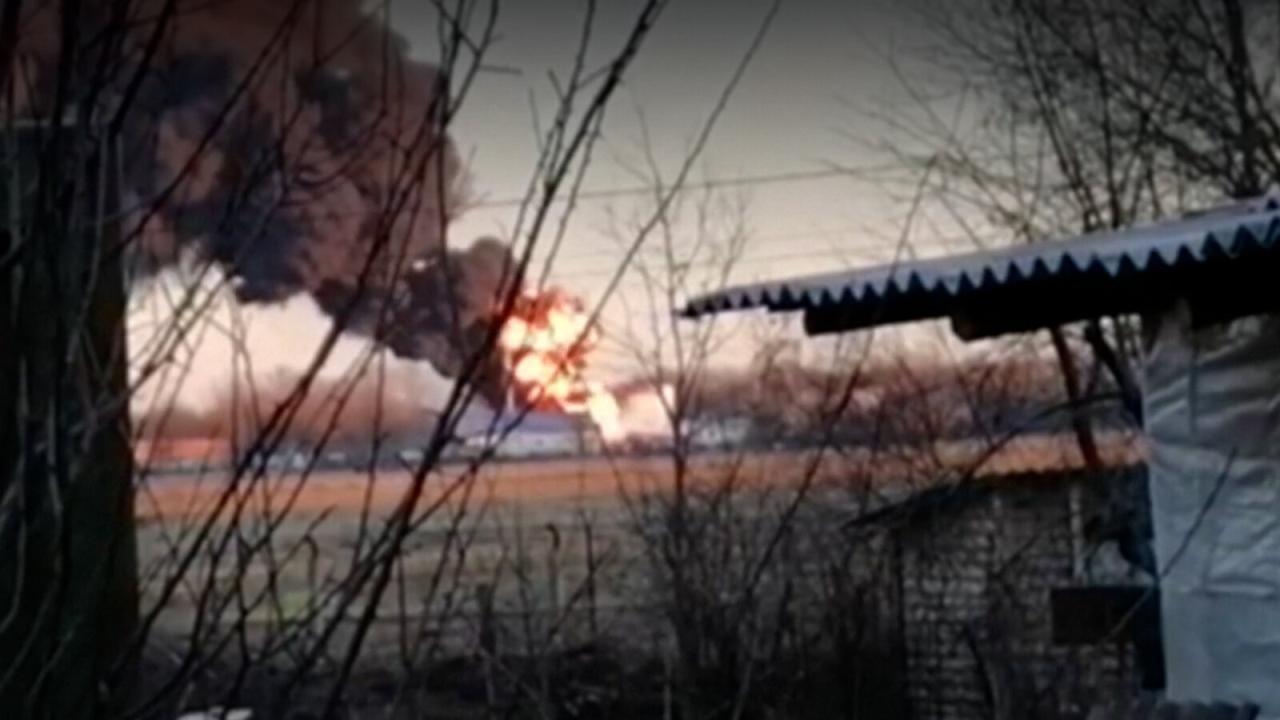
While the primary targets of these attacks have often been military or strategic installations, some attacks have resulted in damage to civilian infrastructure and civilian casualties. The humanitarian consequences of these attacks are significant, particularly in the event of significant damage or loss of life.
| Date | Location | Type of Damage | Number of Casualties |
|---|---|---|---|
| June 2023 | Belgorod | Residential Building | 1 reported injury |
| July 2023 | Moscow | Office Building | 0 reported casualties |
Technological Aspects of the Attacks
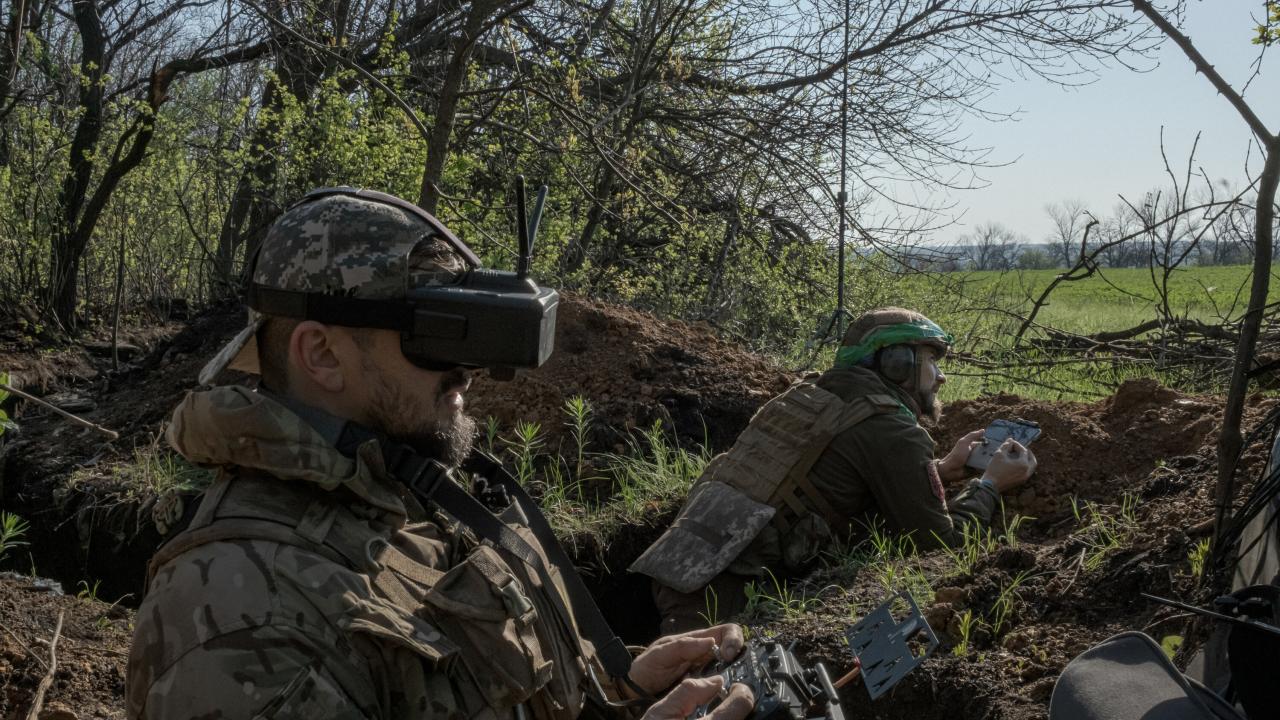
The technological sophistication of these drone attacks is noteworthy. Advanced navigation systems, precise targeting mechanisms, and reliable communication links are all crucial elements. The ability to coordinate multiple drones simultaneously adds another layer of complexity.
A typical attack might involve the following sequence: launch, navigation via GPS and inertial guidance, target acquisition using onboard sensors, payload delivery, and return or self-destruction.
Propaganda and Information Warfare
Both sides of the conflict have engaged in propaganda surrounding the drone attacks. Differing narratives are presented by various media outlets, often reflecting national interests and biases. Disinformation campaigns seek to shape public perception and influence international opinion.
| Source | Claim | Evidence | Counter-Claim |
|---|---|---|---|
| Russian Media | Attacks are indiscriminate and endanger civilians. | Reports of damage to civilian infrastructure. | Ukrainian claims of targeting military objectives. |
| Ukrainian Media | Attacks are legitimate military operations targeting strategic assets. | Claims of successful strikes on military bases and airfields. | Russian claims of minimal damage and effective countermeasures. |
The ongoing Ukrainian drone attacks on Russia present a multifaceted challenge with far-reaching consequences. The strategic targeting of key infrastructure, the technological advancements demonstrated in drone capabilities, and the complex interplay of international reactions highlight the evolving nature of modern conflict. Understanding the effectiveness of these attacks, the responses they elicit, and their broader geopolitical implications is crucial for navigating the complexities of the current international landscape.
Ukraine’s recent drone attacks on Russian territory have significantly escalated tensions. One notable incident, shedding light on the evolving tactics, was the kazan drone attack , highlighting the increasing range and sophistication of Ukrainian drone operations. These attacks underscore the ongoing conflict’s unpredictable nature and the challenges Russia faces in defending its vast airspace.
Further research into the long-term impacts, both on civilian populations and on the trajectory of the conflict itself, remains essential.
Answers to Common Questions: Ukraine Drone Attack On Russia
What is the primary goal of Ukrainian drone attacks on Russia?
Recent Ukrainian drone attacks on Russian territory have highlighted the increasing sophistication and potential risks associated with unmanned aerial vehicles. This raises concerns about safety protocols, not only in military contexts but also in civilian applications, such as spectacular drone light shows; a recent drone show accident serves as a stark reminder of the need for robust safety measures.
The incident underscores the importance of stringent regulations and technological advancements to mitigate potential risks associated with both military and civilian drone operations, mirroring the complexities of the ongoing Ukrainian conflict.
The primary goals are believed to be to disrupt Russian military operations, damage key infrastructure, and demonstrate Ukraine’s capacity for long-range attacks.
What types of damage have these attacks caused?
Damage has ranged from minor to significant, including damage to military bases, oil refineries, and civilian infrastructure, resulting in both property damage and casualties.
How effective are Russia’s countermeasures against these drones?
The effectiveness of Russian countermeasures is debated. While some attacks have been intercepted, others have successfully reached their targets, suggesting ongoing challenges in defense.
What is the international legal status of these attacks?
The legal status is complex and contested. International law prohibits attacks targeting civilians and civilian infrastructure, but the legal interpretation of these attacks within the context of an ongoing armed conflict remains debated.
